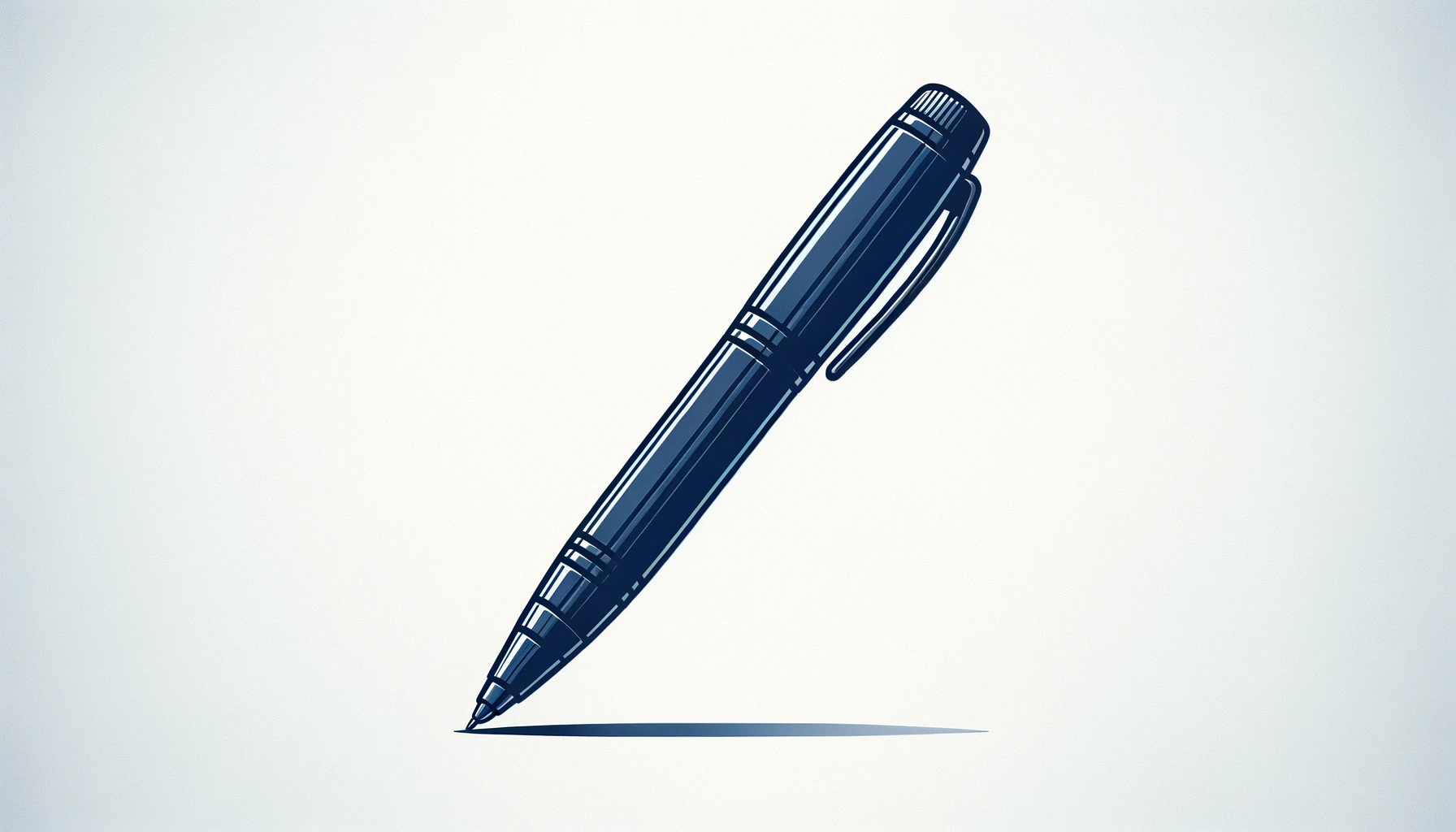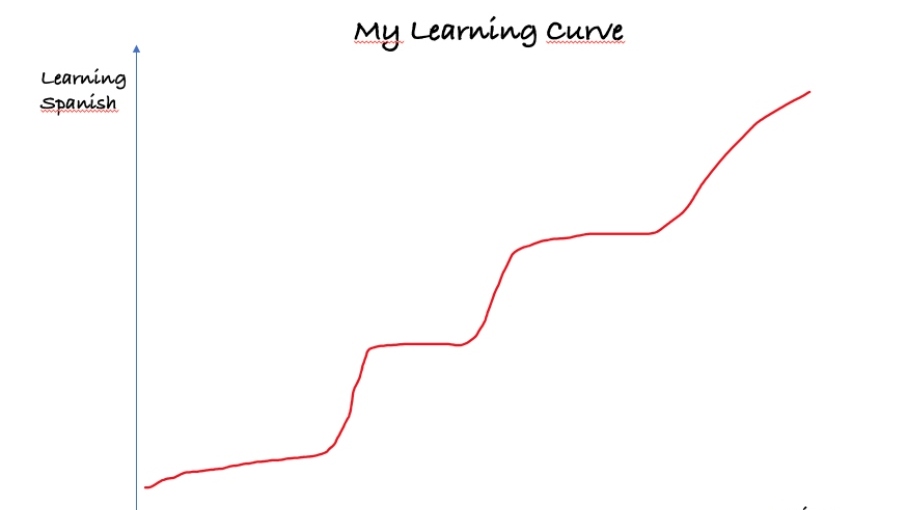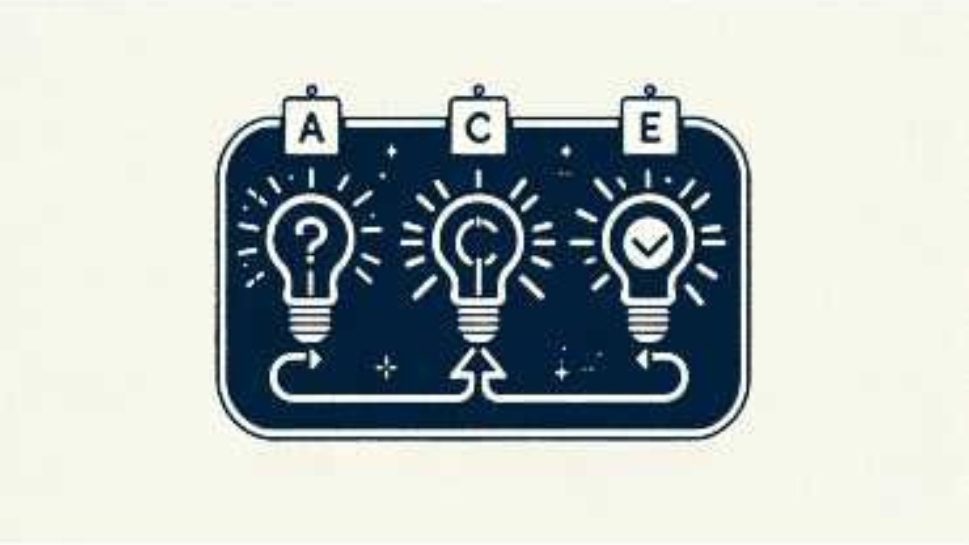What’s the most important tool for leadership and learning? Before diving into the answer, let me share a recent story. A friend of mine, Steve, who owns a retail store chain, approached me with a concern. During his Friday afternoon meetings with his leadership team, the same few people were always dominating the conversation, while others remained silent. Steve worried that valuable ideas were being lost because some team members weren’t participating as much, despite having excellent insights. He tried various strategies, but he was at his wit’s end. The solution for Steve turned out to be surprisingly simple. What was the solution? Well, you guessed it – it started with a pen.
Now, let’s explore why this seemingly simple instrument holds such a profound significance for leaders – and and how it is key to our signature ACE it! Method.
To Spur Creativity, Use a Pen
Creativity is extremely important to the ACE it! Method, especially in the ‘Creation’ phase. This is where the magic happens – brainstorming! It’s all about coming up with new and unique ideas. Think of it like this: creativity in the ACE it! framework isn’t just throwing ideas at the wall to see what sticks. It’s more about letting your thoughts run wild and then organizing them in a system. You want to mix and match different ideas, find links between things that don’t seem to connect, and look at problems from many different angles. This creative jam session is key to finding solutions that are all about finding strategy and channeling creativity, which is what ACE it! is all about.
For creativity to flourish in brainstorming sessions, silence and reflection are as important as activated discussion. Here, the pen becomes an essential tool. Instead of jumping into a conversation, participants are encouraged to first jot down their ideas independently. This practice not only generates a wider array of ideas, but also prevents the onset of groupthink.
Silence allows for the germination of original thoughts, unhindered by the influence of others’ opinions. This approach is backed by research indicating that individual ideation followed by group discussion leads to more diverse and creative outcomes, as noted in Paulus and Yang’s study, “Idea Generation in Groups: A Basis for Creativity in Organizations” (Organizational Behavior and Human Decision Processes, 2000). By first writing down ideas, we ensure that creativity is not stifled by the immediate reactions or biases of others. The pen, in this scenario, acts as a catalyst for independent thought, paving the way for more innovative and unique solutions.
Great Teams Use Pens
In the realm of successful teamwork, research consistently highlights a crucial factor: balanced communication where every voice is heard. An often overlooked, but powerful tool in achieving this is the humble pen. In meetings, when a question is posed, the rush to respond can lead to dominant voices overshadowing the quieter ones. This is where the pen comes into play.
Encouraging team members to first write down their thoughts ensures a more democratic and inclusive discussion. This method helps capture diverse perspectives, allowing even the more reserved individuals to contribute meaningfully. Studies, such as those by Woolley et al. in “Evidence for a Collective Intelligence Factor in the Performance of Human Groups” (Science, 2010), have shown that teams where members have equal participation outperform those dominated by a few voices. By equipping each member with a pen and time to reflect, we create an environment where every thought counts, fostering a balanced and effective team dynamic.
The Pen as a Memory Enhancer
Despite our digital age’s gadgets and gizmos, the classic pen stands out as a formidable tool for memory and comprehension. Studies have consistently shown that writing by hand significantly boosts memory retention, an essential skill for leaders who need to absorb and recall vast amounts of information.
The wisdom of an old Chinese proverb, “The faintest ink is mightier than the best memory,” eloquently underscores the pen’s power in enhancing cognitive functions. When leaders commit to the habit of penning down notes, ideas, or summaries, they do more than just preserve information; they actively engage their brains, strengthening memory and cognitive processing.
The tactile action of writing creates a stronger neural pathway in the brain than typing, a phenomenon explored in depth by Mueller and Oppenheimer in their study “The Pen Is Mightier Than the Keyboard” (Psychological Science, 2014). This physical connection between hand and paper facilitates a deeper processing of information, leading to improved comprehension and recall.
Moreover, the act of writing by hand aids in organizing thoughts and ideas, reinforcing learning and memory. As neuroscientist Larry R. Squire eloquently puts it, “Memory is the glue that binds our mental life together.” This statement reflects the profound impact of writing on memory consolidation and recall.
To dive deeper into the science of how handwriting benefits memory, refer to “Handwriting vs. Typing: Is the Pen Still Mightier Than the Keyboard?” by Mangen & Velay (Computers & Education, 2010), which sheds light on the cognitive advantages of writing by hand over typing.
In summary, the humble pen, in the hands of leaders and teams, transforms into a potent tool for memory enhancement, cognitive development, and information retention.
A Personal Touch in Communication
In an age where our fingertips are more likely to dance across keyboards than glide across paper, the charm of a handwritten note stands out as a beacon of warmth and authenticity. Such notes are not just words inked on paper; they are tangible expressions of sincerity and thoughtfulness, an art form that, while seemingly eclipsed by the speed of digital communication, holds an irreplaceable value.
“Handwriting is more connected to the movement of the heart.” This quote by Natalie Goldberg beautifully encapsulates the essence of a handwritten message. For leaders, the act of picking up a pen and pouring thoughts onto paper is a gesture that resonates deeply, fostering stronger, more personal connections. It’s an embodiment of appreciation, a quality that, alongside creativity, curiosity, and clarity, often remains underutilized in the corporate world.
A handwritten note doesn’t negate the power of a digital thank you; rather, it adds a layer of personal touch, a hint of nostalgia, and a dash of unexpected delight. In a world scrolling through endless emails and instant messages, receiving a handwritten note is like finding a treasure amidst the ordinary—a small act that can leave a significant impact.
A Call to Action: Grab a Pen
In conclusion, the pen is much more than a writing tool; it’s a fundamental instrument for leadership and learning. The pen’s ability to stimulate creativity, enhance memory, encourage mindful decision-making, boost cognitive functions, and add a personal touch makes it indispensable in the toolkit of any effective leader. In almost every organization I’ve encountered, elements like appreciation, creativity, and curiosity are remarkably underused.
A pen can work wonders in all of these areas. So, the next time you’re about to start a meeting, a project, or simply want to express gratitude, remember the power of a pen. It’s more than just an instrument for writing; it’s a tool for change, connection, and creativity. Embracing this simple but profound tool can have a remarkable impact. Harnessing this potential starts with picking up the pen.
After all, it’s the most important tool for leadership and learning.
Further reading:
- Susan Cain. “Quiet: The Power of Introverts in a World That Can’t Stop Talking.” Crown Publishing Group, 2012. This book delves into the power and potential of introverts in a society that often prioritizes extroversion.
- Dan Roam. “The Back of the Napkin: Solving Problems and Selling Ideas with Pictures.” Portfolio, 2008. Roam discusses how simple drawings on a napkin can be a powerful tool for problem-solving and sharing ideas.
- Philip Hensher. “The Missing Ink: The Lost Art of Handwriting.” Faber & Faber, 2012. This book explores the history and importance of handwriting as a personal and cultural expression.
- Virginia Berninger. “Advances in Writing Research, Volume 1: Writing and the Brain: Neuroscience Tells Us How We Learn to Write.” Hampton Press, 2012. Berninger’s work provides insights into how the brain processes writing and its implications for learning and memory.
- Tony Buzan. “Use Both Sides of Your Brain: New Mind-Mapping Techniques, Third Edition.” Plume, 1991. Buzan introduces mind-mapping techniques that help in harnessing creativity and organizing thoughts effectively.
- Kendra Cherry. “The Everything Psychology Book: Explore the Human Psyche and Understand Why We Do the Things We Do.” Adams Media, 2010. This book provides an accessible overview of psychological principles, including aspects related to memory and cognition.
- Comparison of Handwriting and Typing: Handwriting with a digital pen and tablet can increase the ability to learn compared to keyboard typing, especially once individuals are accustomed to it (Ihara et al., 2021). Writing with a digital pen may improve learning relative to the use of an ink pen for those familiar with its use (Osugi et al., 2019).
- Augmentation of Working Memory: Using a scratchpad augments or extends working memory capacity, benefiting users under high cognitive load (Ruiz, Taib, & Chen, 2011).
- Cognitive Load Comparison: Handwriting has a smaller cognitive load than typing, and typing interferes with memorization more than handwriting (Shibata & Omura, 2018).
- Recollection in Students: Handwriting allows students to remember more new information than typing (Widjaja & Sumali, 2020).



